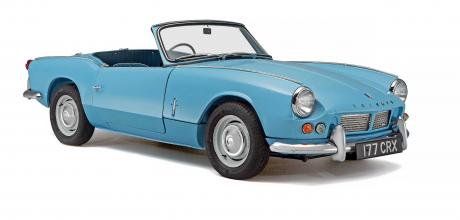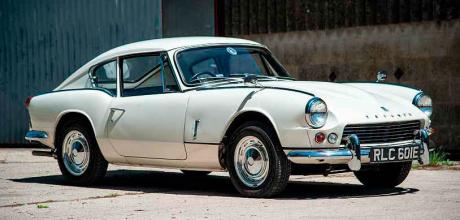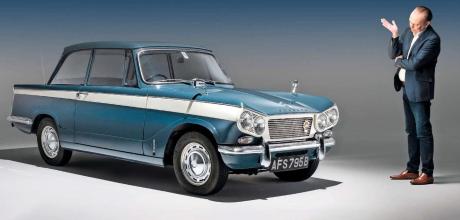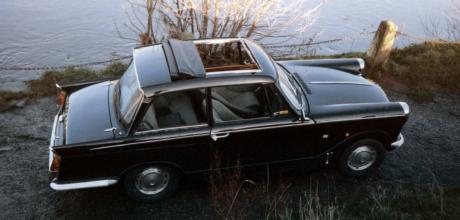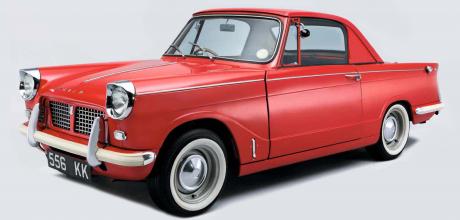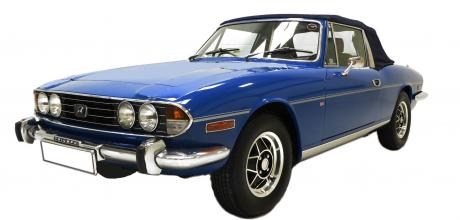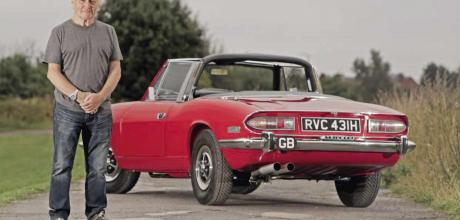Search by the «triumph» tag
This perfect introduction to classic car ownership is still affordable – just – so act fast Words RICHARD DREDGE Photography JON COLLEY Seven steps to buying a Triumph SpitfireBargains at one end, investments at the other – so buy a Spitfire now! Buying Guide With early Triumph Spitfires making big money, now’s the time to buy What to pay You can still find a scruffy 1500 for as little as £3400, but it’ll probably need bodywork attention.
Chromium is a chemical element occurring naturally in many forms, but in hexavalent form it’s toxic and carcinogenic. And it covers significant parts of an old car, including bumpers, doorhandles and windscreen surrounds. Funny thing though, as Nigel Hayward, production manager at S&T Electroplating, points out: ‘We don’t use a lot. In fact, the chromium is really just a thin lacquer to seal in the nickel-plate underneath.
Dropping a six cylinder engine into the suburban Triumph Herald was a genius idea. But in practice the first 1962 to 1967 incarnations of the Triumph Vitesse weren’t all that quick, producing only 70bhp, a top speed of 90mph and sixty in a glacial 17.5 seconds. On the road though they do feel a bit brisker thanks to tipping the scales at a featherweight 920kg – or 17.cwt in old money.
To car people there's no such thing as a spare garage, because if there's even the tiniest piece of land onto which we can put a classic, that's exactly what we do. But my parents weren't car people back in the eighties when I was 15, so they did have an unused garage – and my mum's friend Alistair had his eye on it. Alistair lived in Cheltenham where parking was at a premium, and when the winter hit, he persuaded my mum to garage his (t)rusty Triumph for him.
James Walshe takes an in-depth look at a British family favourite. Herald/Vitesse Guide Expert wisdom on how to assess and buy one of these little beauties. Hark the Herald!BUYER’S BRIEF Enjoy a Triumph not a disaster Why you want oneWas there ever a more uniquely styled Brit? The Herald represented a bold and beautiful new world away from the worthy, but traditional predecessors. That exotic design, by young Italian, Giovanni Michelotti, was a showstopper.
One of BL’s ‘nearly’ cars, the Triumph Stag offered a taste of the exotic even the Germans struggled to match but was a victim of the corporation’s other problems. Words: Paul Wager. The car which gained an unfortunate nickname back in the day but which is now one of our most-preserved classics. It’s a paradox, the Triumph Stag.
All Stags are covetable, but this one is more desirable than most because it’s one of the pre-production prototypes. Words and pictures: Richard Dredge. Restored: Triumph Stag History is littered with cars that had huge potential, but which wasn’t realised for a variety of reasons. At the top of the pile is surely the Triumph Stag which seemingly couldn’t fail when it was launched in 1970. Here was an affordable four-seater convertible with a 3.


